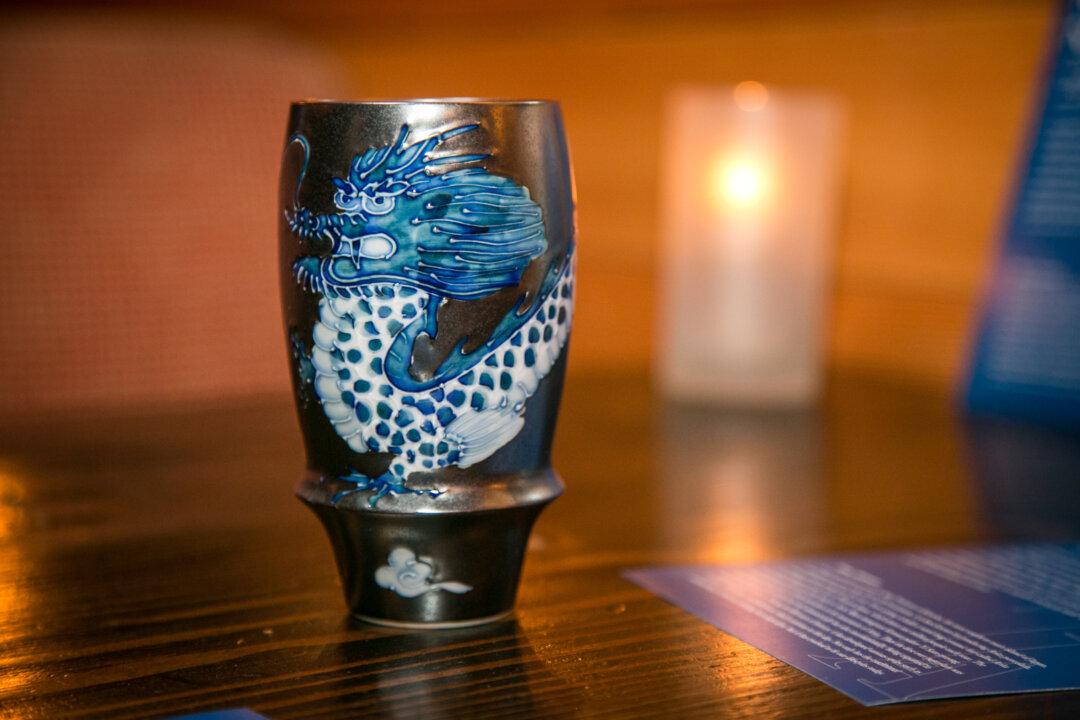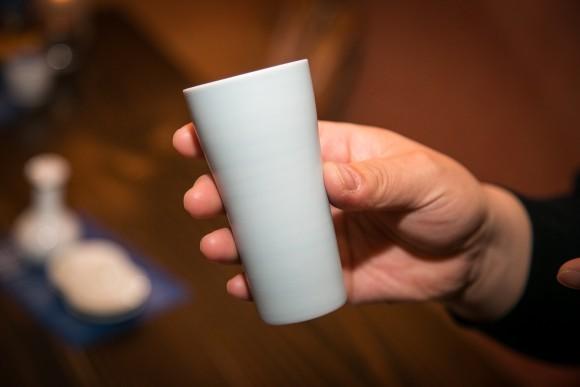Porcelain has a long history.
The earliest wares—not quite in the form we know today—date back to 1600 B.C., originating from China during the Shang Dynasty. The porcelain we know today, glazed and highly durable, dates back to the Eastern Han Dynasty period (206 B.C.–220 A.D.).
A few centuries later, the porcelain was exported to countries around the world. Japan was an avid importer of Chinese porcelain until the turn of the 17th century, when a Korean potter discovered a great Japanese source of porcelain clay: Arita, in western Japan.
To gauge New York’s interest in Arita ware, a group of porcelain producers exhibited bowls, plates, cups, and other pieces at Blue Ribbon Sushi Izakaya in early February.
[gallery ids=“2221196,2221194,2221200,2221195,2221203,2221201,2221202,2221198,2221206,2221208,2221205,2221192,2221189,2221207”]
Unique
These small batch-made tablewares are traditionally very intricately decorated and can be crafted into any sort of shape.
Unlike the tunnel-like kilns used elsewhere to fire ceramics, in Arita, through trial and error, craftsmen developed a slow-firing kiln that would reach higher temperatures and create a stronger product, according to Ikuko Kuga, the head of Arita Porcelain Lab.
With this traditional firing method, the kiln reaches 1,300 degrees C and the entire process takes three days, resulting in a thin, light, and durable product, she said.







